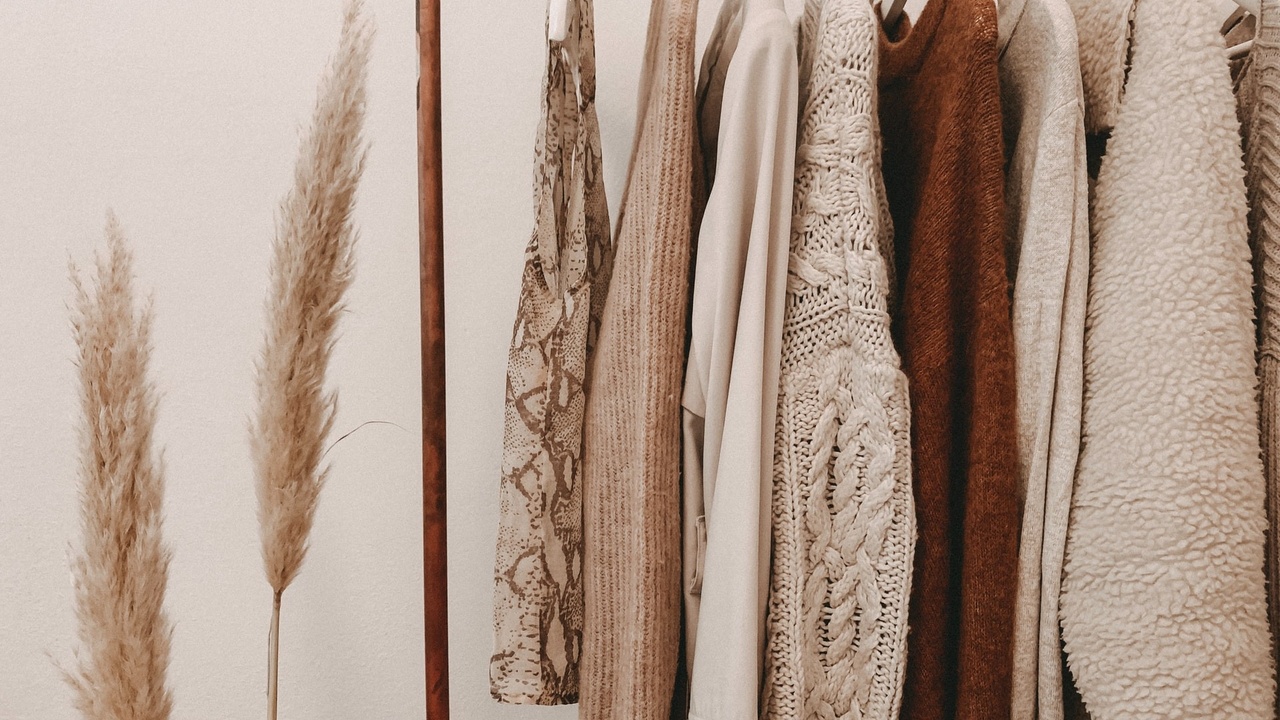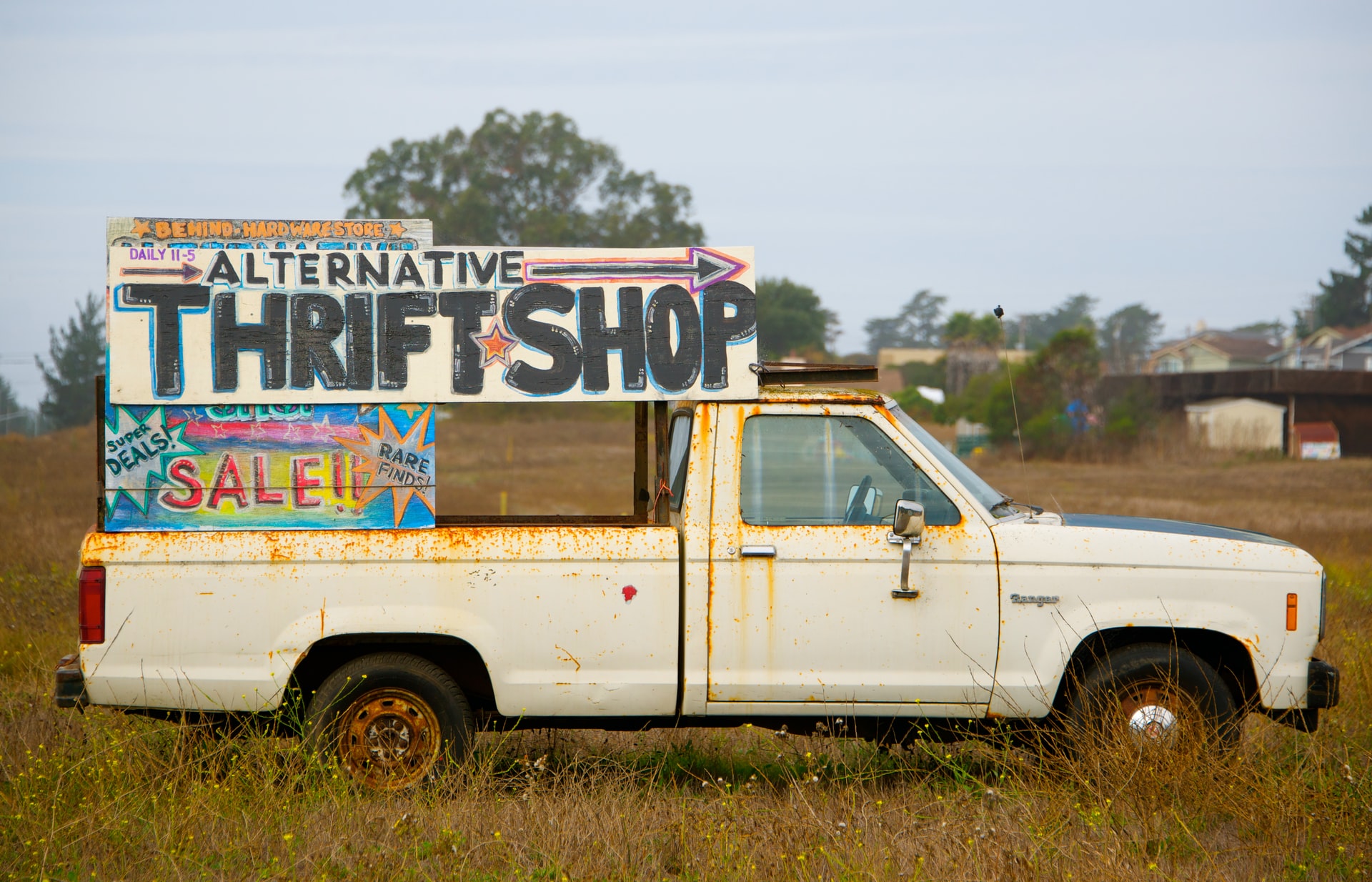A Fashion Dilemma

You might find yourself looking in your closet and pondering the fact that you have nothing to wear. No matter the occasion, a shopping spree might sound like a fun day. While buying new clothes may be fun, that fun comes with a price.
The "Fast Fashion" term describes an industry that replicates catwalk trends and high-end fashion designs and mass produces at a low cost. Fashion and celebrity culture have been reinforced through social media and the demand for trendier clothes has skyrocketed.
The perks of online shopping and retail stores all around the world have made us look like runway models. The competitive fashion industry infused with globalization has brought us cheaper clothes sometimes cheaper than a fancy latté.
According to Greenpeace, the sales of clothing have almost doubled in the last decade, but the average lifespan of clothing has reduced dramatically. The rise in clothing and textiles is due to the rise of the ‘Fast fashion’ phenomenon which offers lower prices and a variety of choices. The industrialized system of clothes manufacturing is not sustainable at all and comes with a huge price.
What do the stats say?
The average number of times a garment is used has decreased by 36% in the last 15 years. We might think that clothes can be recycled so we do not have to worry about fast fashion. But less than 1% of the material used to produce clothing is ever recycled. Most of the clothes end up in landfills.
The inefficiency of the Industry
The current trend of fast fashion is wasteful and puts a heavy toll on the environment. The production is heavily based on non-renewable energy accounting for 8% of the world’s GHG emissions. The International Institute for Sustainable Development predicts that the world would require three times the resources we now use if the consumption rates continue at the same pace.
It starts with a fabric...
Cotton and synthetic fibres make up most of our clothes and these are the most wasteful fabrics. Cotton is a natural fibre but relies heavily on water and fertilizers.
Isn’t natural fibre better?
Natural here doesn’t necessarily mean better.
- The vegetation has been stripped off for monoculture cotton production in many parts of the world. Monocultures from an environmental perspective do not respect diversity and reduce the resilience of the land.
- Genetically modified cotton seeds are often used for better production today, which relies heavily on fertilizers. Even the cotton industry has been capitalized as the industries producing seeds are often the ones producing fertilizers.
- A rise in demand for clothing means a higher demand for seeds and fertilizers making those businesses profitable at the cost of the fertility of the land.
- The rise in cancers and other various diseases could be accounted for by a rise in pesticide use as per the World Health Organization.
On the other hand, synthetic fibers like polyester, and nylon as the name suggests are industrially manufactured, generally from fossil fuels.
What's the deal with polyester, nylon and other synthetic fibres?
- The biggest challenge is they are non-biodegradable and rely on chemicals during their production which is heavily reliant on fossil fuels.
- These synthetic fibres create harmful and often toxic by-products when being produced, when in use and when ultimately disposed of.
- The rise of microplastics that enters the oceans and food-chain can be attributed to synthetic fibers. An estimation of half a million tons of plastic microfibers is shed during washing which ends up mostly in the oceans. Even the pristine waters of Antarctica have traces of microfiber according to reports from Greenpeace, 2017.
So, no synthetic fibres are not the answer either. They are in my opinion worse than any natural fibre due to the harms of the chemical industry and the environmental contamination that comes from the micro-plastics shed during washing and upon disposal.
What about wool?
Animal-based fibers like wool and fur account for only a tiny portion of the textile industry. While issues of biodegradation may be lessened depending on how the fibre was dyed, we still have concerns over the methane emissions of farmed animals and of course, the humane treatment of animals using in the industry.
The hidden costs
The world of fashion looks glamorous, yet it is highly labour-intensive. The materialistic values placed on clothes have forced companies to reduce costs in this competitive market.
Companies have started to outsource their production to countries with fewer labour laws and low-cost labour. The concept of economies of scale meaning that bulk production reduces the cost of production has been used to produce our garments today.
Sweatshops
The price might be affordable, but the true cost is often overlooked. This has given birth to the concept of “Sweatshops”. Sweatshops are based on long work hours, low wages, and unsafe working environments for the workers. Sometimes violence may be opted by the owners if they rebel for better conditions. The rise of sweatshops has helped many businesses produce cheaper and trendier clothes. Companies like H&M, Forever 21 have trendier clothes coming in each week and have over 50 collections in a year.
The rise in disposable income of the average household and fallen prices of clothing have made fast fashion and sweatshops a new normal. The horrific working conditions and zero consideration of worker safety can be seen in most developing countries where these top brands outsource.
The economy of the developing country benefits from such transactions at the cost of worker safety. The notorious incident of Rana Plaza in Bangladesh highlighted the hazardous working conditions and inadequate consideration of worker rights. The Rana Plaza housed five garment factories that collapsed killing over 1000 people. Rana Plaza is only a single example and these kinds of accidents are not uncommon. Do the cheap clothes we wear cancel out the ethics and lives of those who produce them?
It’s all about consumption
Consumption and alienation from the idea of sweatshops are fuelling the growth of fast fashion. It is easy for us to say that the business models must be redesigned, and the workers must be given their rights. However, it is not the businesses that have to change, it is us.
What can we do?
We as a consumer can change the way fast fashion operates. If we change the way we consume, we might be able to bring sustainability to this world of fashion.
On the other end of the fashion spectrum, we have a newly emerging idea of “Slow Fashion”. Slow fashion respects the workers and environment and focuses on the slow movement of our clothes. The clothes are made to last which means smaller batches of clothes with better quality materials are used.
The focus here is on sustainable practices and ethical working conditions for the workers.
There are clothing lines made up of entirely recycled materials and better production techniques that avoid the breakdown of materials like cheaper clothes. There are so many substitutes out there like cellulose fibers, bast fibers, organic cotton, Tencel, and so on. There is a pool of resources out there, we just need to dive in!
Let’s begin our journey to an ethical fashion
There are initiatives or challenges we could start ourselves like:
- no purchases for a year
- upcycle our old clothes
- buy local from the local designers
- get your clothes tailored
- buy vintage
- donate unused clothes
- resale if the companies have a buyback option
- clothing swap with your friends
- pay attention to what you wear most and sharpen your personal style
- rent out clothes for some special but rare occasions

It is high time we stop buying new clothes and start repurposing older ones, at this point we do not want more production as there are heaps of unused clothes already on this Earth. But how?
- Thrifting is a great way to start your wardrobe makeover journey. If you’re lucky you might end up with top-notch apparel.
- The quality of the clothing is more important than the quantity, having some basic high-quality items in your closet is more efficient than having hundreds of clothes.
- Staying informed and changing our perspectives towards shopping helps reduce our consumption. The more we are aware of the impact of fast fashion, the more we are inclined towards making choices that consider equity of the workers and environmental health.
- Staying in touch with the clothing industry and getting educated on sustainable and ethical brands
- Finding happiness within us rather than in the material world.
- Avoid using multi-blend fabrics, a cloth made with different fabrics breaks down easily and is difficult to recycle. Go for clothes with a single fabric and better stitches. The idea that we can buy another piece of clothing if this one wears down has made us consider clothes as short-term rather than long-term goods.
- Read fabric care instructions on the labels, and take care of the clothes you own. Washing clothes only when necessary, and gently can help to prevent wear and tear and avoid the release of microfibres. Jeans do not require washing frequently like our t-shirts and are good to go for multiple wears.
To buy or not to buy?
Let’s begin by decluttering our closet and sorting it into different categories in terms of quality for instance. The dilemma for fashion maniacs here is “To buy or not to buy?”
The answer is simple, before an impulse purchase of clothes, use a 48-Hour rule. If you can wait 2 days without buying something, you did not need that item in the first place. This helps keep track of your impulse shopping.
The way we wash, store, mend and dry our clothes determine their life cycle. So, consider your washing habits as part of the sustainability of the clothes. Above all, it’s time we abandon the consumer culture and rationally think about what we need for clothing and fulfill that in the most sustainable way possible.
Properly caring for your clothes entails:
Stay connected with news and updates!
Join my mailing list to receive the latest news and updates. Your information will not be shared.







